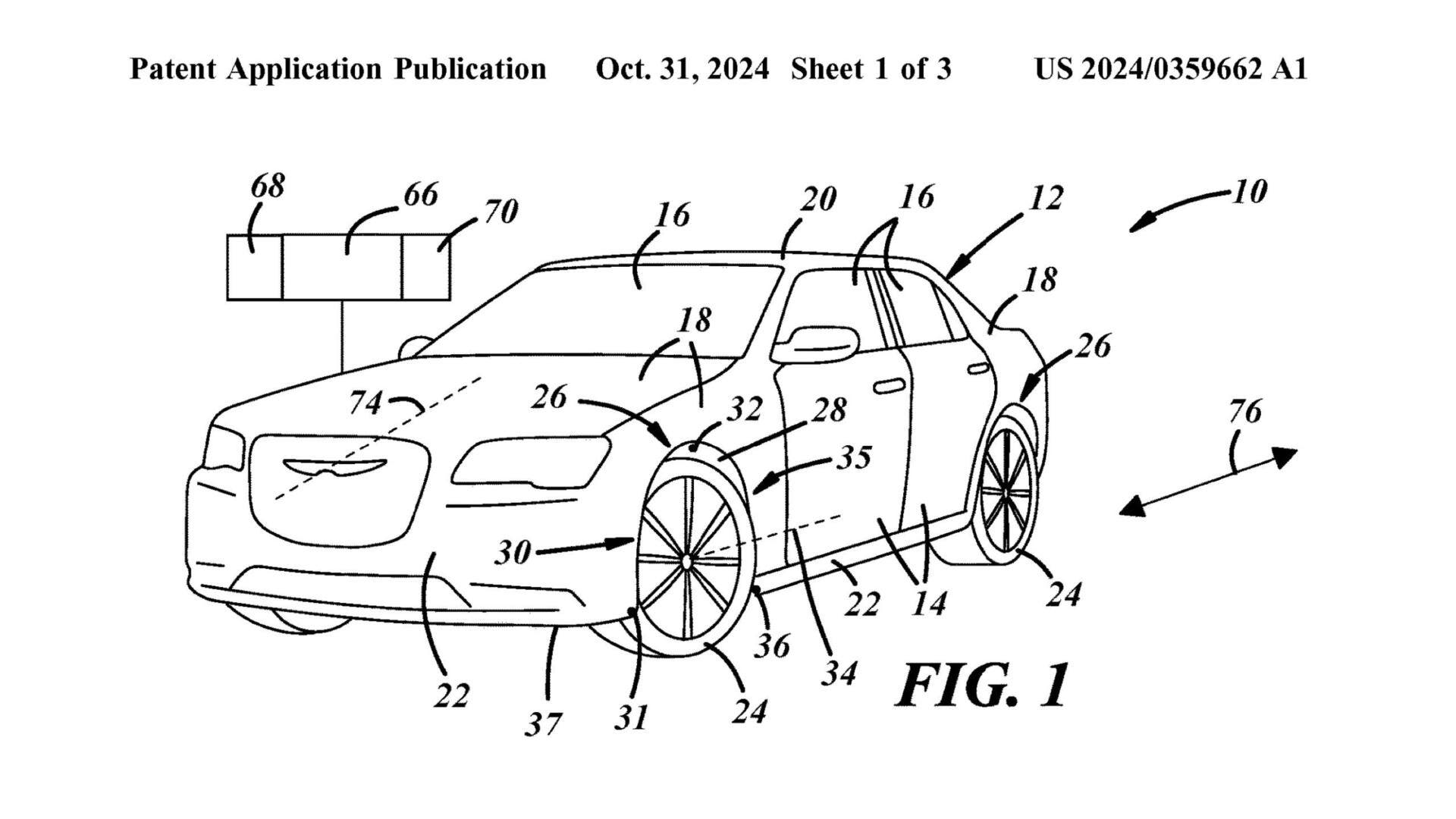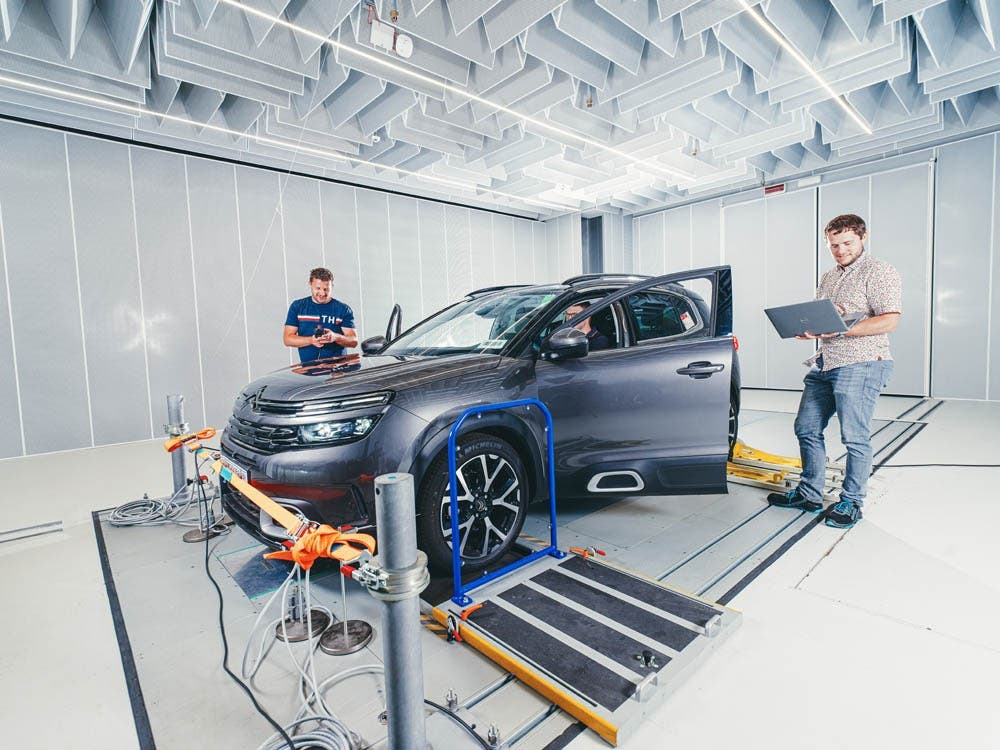In fact, the automotive group has just obtained a patent for a wheel arch heating system that aims to significantly improve vehicle safety and performance in cold weather conditions.
How this new patent works
When snow and ice accumulate in the wheel arches of cars, a variety of problems can occur. In fact, this event could hinder the proper functioning of important components such as side running boards, sensors and suspension. The solution, which was patented by the Stellantis Group, consists of a heating element built into the wheel arch itself, which is activated fully automatically when temperatures drop below a certain level.
The most important part of the system is precisely the heating element we mentioned, which is specially created from conductive materials, such as carbon or specific metals. It therefore generates heat when an electric current is passed through it. This element has been integrated into the main body of the wheel arch, with the purpose of protecting it from shocks and weathering. Making the ingenuity work properly is taken care of by the temperature sensor, which keeps it constantly monitored, activating the heater only when it is needed. In doing so, costs and energy consumption are also optimized.

What are its advantages?
First, we talk about increased safety, as the system prevents ice formation. In fact, the system helps keep the most critical areas of the vehicle completely clear, which improves its handling and braking, even on icy surfaces. In addition, we are also talking about driving comfort, since with the removal of ice and snow it makes it easier to open doors and there is less risk of component problems. In addition, the system is intended to last over time, protecting itself from the elements. Lastly, it is also in terms of automation, as it works fully automatically, without any kind of intervention from the driver.
At the moment, it is expected that this system will be integrated into future models of Stellantis Group brands, with a focus on those that are normally used off-road or in areas with very harsh winters. This is supposed to be quite logical, as offering this option would not be commercially effective in places where winters are not characterized by low temperatures. On the contrary, by offering such a system in suitable places, the demand might prove to be even higher than expected. So we will see, when it is proposed, what kind of market it characterizes in the coming years.
Other analyses of the Stellantis patent
As for the heating element, it envisioned conductive materials such as carbon or specific metals that ensure efficient heat propagation. Probably, Stellantis also decided to use these kinds of materials factors such as corrosion resistance, flexibility, and ability to generate heat evenly. In addition, the choice of materials that were used for this process also take into account the environmental impact during its production and disposal. In fact, in all likelihood, Stellantis is likely to have used recyclable and environmentally friendly materials to continue its path as a “green” company.
